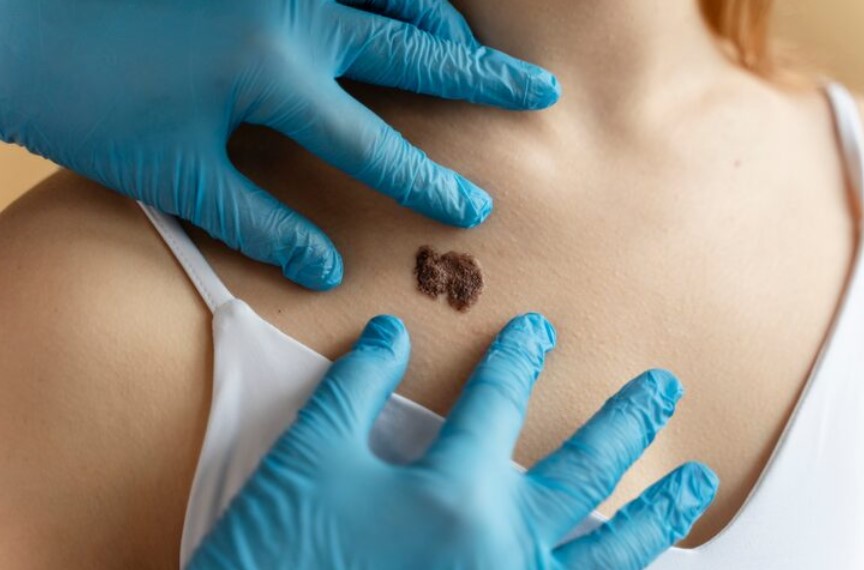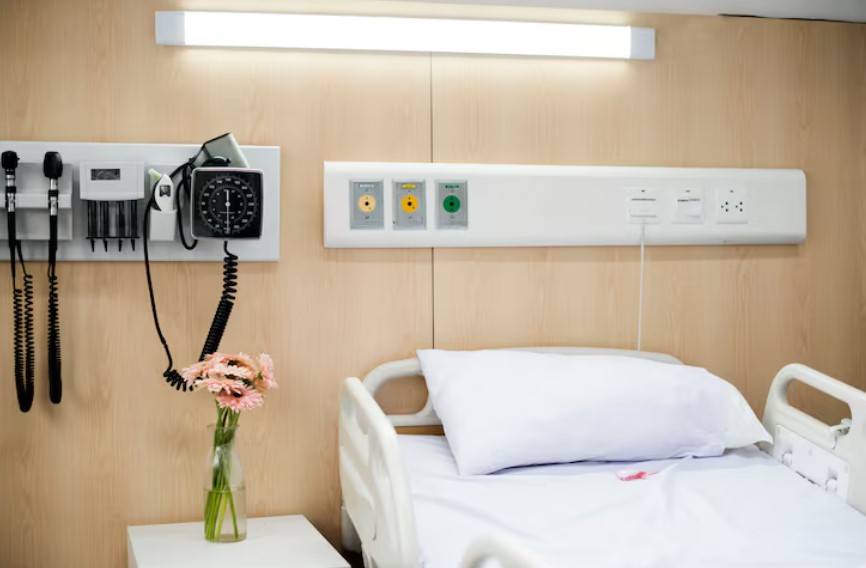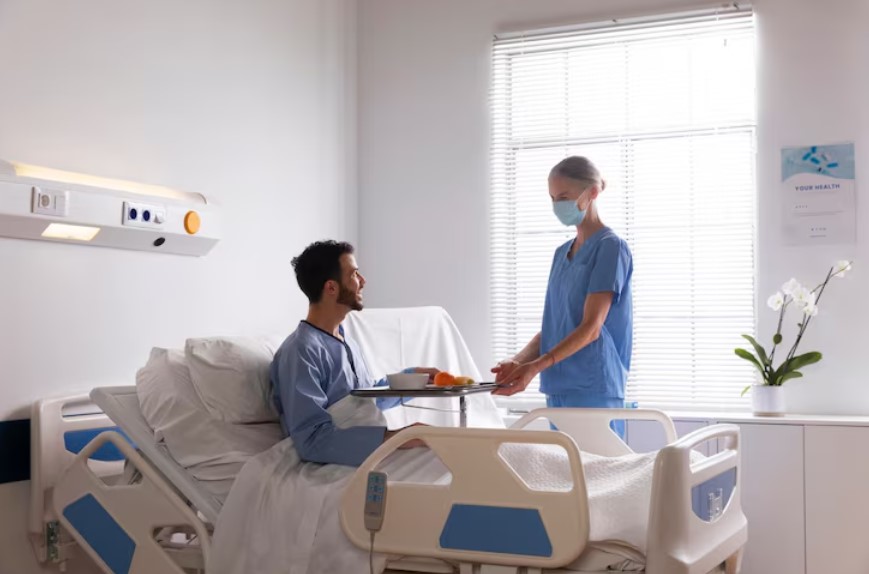07
Oct 2024
Main hospital in the region forced to constantly shuffle patients
Published in News on October 07, 2024
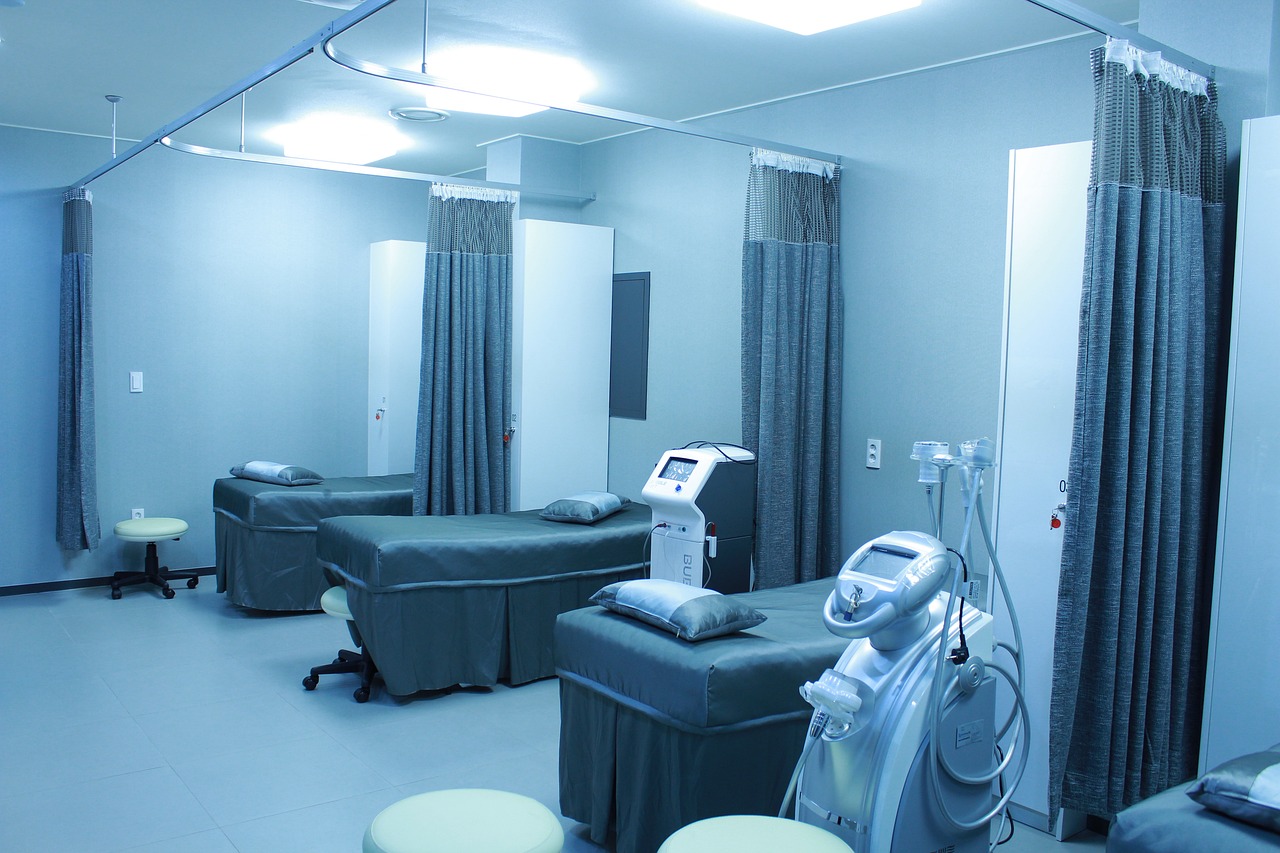
The Sunshine Coast University Hospital faced resource shortages nine times in the three months leading up to the end of June, according to Queensland Health performance data. The hospital hit Tier 3 capacity—indicating limited or exhausted resources—three times in April, twice in May, and four times in June.
Under Queensland Health protocols, Tier 3 status means the hospital struggles to meet the community's needs, often resulting in patients being redirected to other facilities or sent home to free up space. On average, these Tier 3 episodes lasted about 60 hours and 15 minutes, or roughly two-and-a-half days each time.
These repeated Tier 3 incidents raise concerns about the hospital's capacity to serve the region’s rapidly growing population, despite being less than a decade old. Queensland Health confirmed that the hospital has 828 beds and bed alternatives, though only 718 were available by the end of June.
A spokesperson for Sunshine Coast Health explained that the number of available beds and bed alternatives fluctuates based on demand and various other factors.
"Sunshine Coast Health adjusts bed availability depending on demand, the complexity of patients, their length of stay, and staffing levels," the spokesperson said. "The number of beds and bed alternatives can change daily."
The spokesperson added that simply "opening more beds" is not always the solution.
"It depends on the types of patients coming to the hospital. For instance, beds in the emergency department, intensive care unit, general wards, or maternity need to be planned to keep similar types of patients together. Each area requires different staffing based on the specific care needs of those patients," the spokesperson explained. "It’s not just about where the bed is located; it’s also about ensuring the right mix of clinicians is available to provide care."
Queensland Health’s performance data from the June quarter shows staffing levels had increased from last year. The number of doctors rose by 8.7% to 982, nurses and midwives increased by 4.6% to 2,862, and professional and technical officers grew by 6.2% to 679. However, patient numbers also surged compared to the same period last year.
Patient admissions increased by 9.8% to 26,765, while emergency admissions rose 6.7% to 11,005. Services provided to non-admitted patients jumped 17.9% to 114,622, and same-day admissions were up 11.7% to 14,950. The number of babies born saw a 7.4% increase, reaching 851.
Despite the surge in emergency arrivals, the percentage of patients transferred off stretchers within 30 minutes improved by 3.6%, bringing the figure to 67.5%.
In comparison, none of the other Sunshine Coast Health hospitals reached Tier 3 in the three months to June. Nambour Hospital saw a 22.6% increase in available beds, reaching 239, and a 7.6% rise in patient admissions to 7,910. Emergency admissions at Nambour increased by 3% to 3,049.
Maleny Soldiers Memorial Hospital experienced a 52% decrease in available beds, dropping to 12, and its patient admissions decreased by 29.6% to 157. Caloundra Health Service had stable bed numbers at 35, with a 3.2% increase in patient admissions to 2,209. Meanwhile, Gympie Hospital saw a slight increase in beds (up 1.1% to 91), and patient admissions rose 6.7% to 4,622. Emergency admissions at Gympie climbed by 11.1% to 1,859, and 89 babies were born—a 30.9% increase.
For patients and families requiring extended stays near hospitals, there are several hospital accommodation options nearby that offer comfort and convenience. These accommodations, such as serviced apartments and short-term rentals, are ideal for those needing to be close to medical facilities, especially during extended treatments or recovery periods. Hospital stays can be stressful, but staying in nearby accommodations can make the experience smoother by reducing travel time and providing a home-like environment.

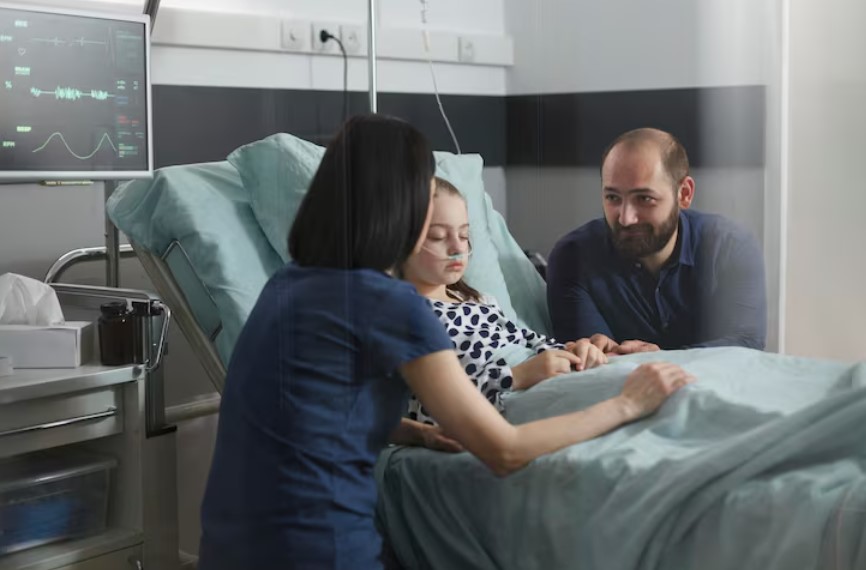

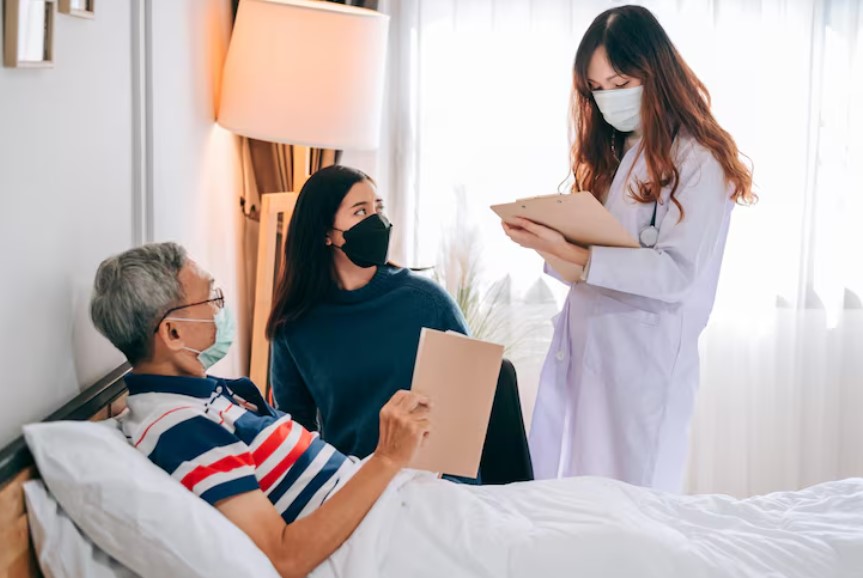
![“Surprise Noises Can Feel Like Pain”: New Airport Rule Eases Travel for Autistic Passengers Emma Beardsley once dreaded going through airport security. “I used to panic every time they made me take my headphones off at security,” she recalls. “The noise and the unpredictability can be overwhelming.” Now, thanks to a new policy allowing noise-cancelling headphones to remain on during security checks, Beardsley says she can “travel more confidently and safely.”
In Australia, one in four people lives with a disability, yet the travel system has often failed to accommodate varied needs. Autism-inclusion advocates at Aspect Autism Friendly have welcomed the government’s updated guidelines that let autistic travellers keep their noise-reducing headphones on during screening, calling it a “major step” toward more accessible air travel.
Dr Tom Tutton, head of Aspect Autism Friendly, emphasises the significance of travel in people’s lives: it connects them with family, supports work and learning, and offers new experiences. But he notes the typical airport environment can be especially intense for autistic travellers:
“Airports are busy, noisy, random and quite confusing places … you’ve got renovations, food courts, blenders, coffee grinders, trolleys clattering … and constant security announcements. It’s really, really overwhelming.”
“What might be an irritation for me is something that would absolutely destroy my colleague [who has autism]. Surprise noises of a certain tone or volume can genuinely be experienced as painful.”
Under the new policy — now published on the Australian Government’s Department of Home Affairs website — passengers who rely on noise-cancelling headphones as a disability support may request to wear them through body scanners. The headphones may undergo secondary inspection instead of being forcibly removed.
Dr Tutton describes this adjustment as small in procedure but huge in impact: it removes a key point of sensory distress at a critical moment in the journey. Aspect Autism Friendly is collaborating with airports to ensure that all security staff are informed of the change.
For many autistic travellers, headphones aren’t just optional — they are essential to navigating loud, unpredictable environments. Until now, being required to remove them during security has caused distress or even deterred travel.
Aspect Autism Friendly also works directly with airports, offering staff training, autism-friendly audits, visual stories, sensory maps, and other accommodations. Their prior collaborations include autism-friendly initiatives with Qantas. Dr Tutton notes:
“Airports have become this big focus for us of trying to make that little bit of travel easier and better.”
He advises people planning trips for travellers with disabilities to consult airport websites ahead of time. Some airports already offer quiet rooms or sensory zones — Adelaide, for instance, provides spaces where travellers can step away from the noise and regroup before boarding.
Beyond helping autistic individuals, Dr Tutton believes that more accessible airports benefit everyone. “These supports help lots of other people too,” he says. “When people are more patient, kind and supportive, the benefits flow to everyone. We all prefer environments that are well-structured, sensory-friendly, predictable and easy to navigate.”](https://c3eeedc15c0611d84c18-6d9497f165d09befa49b878e755ba3c4.ssl.cf4.rackcdn.com/photos/blogs/article-1061-1759742013.jpg)
